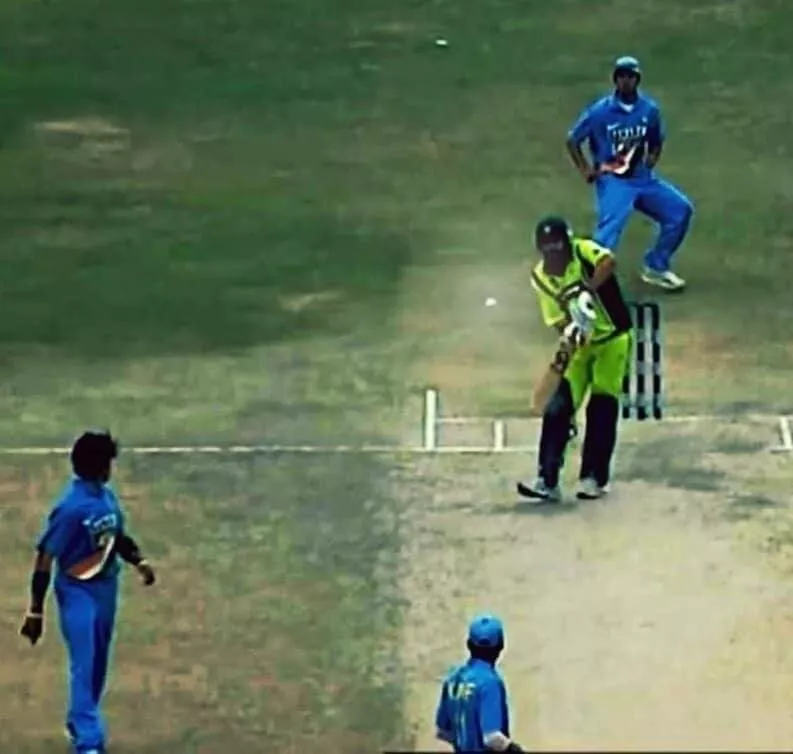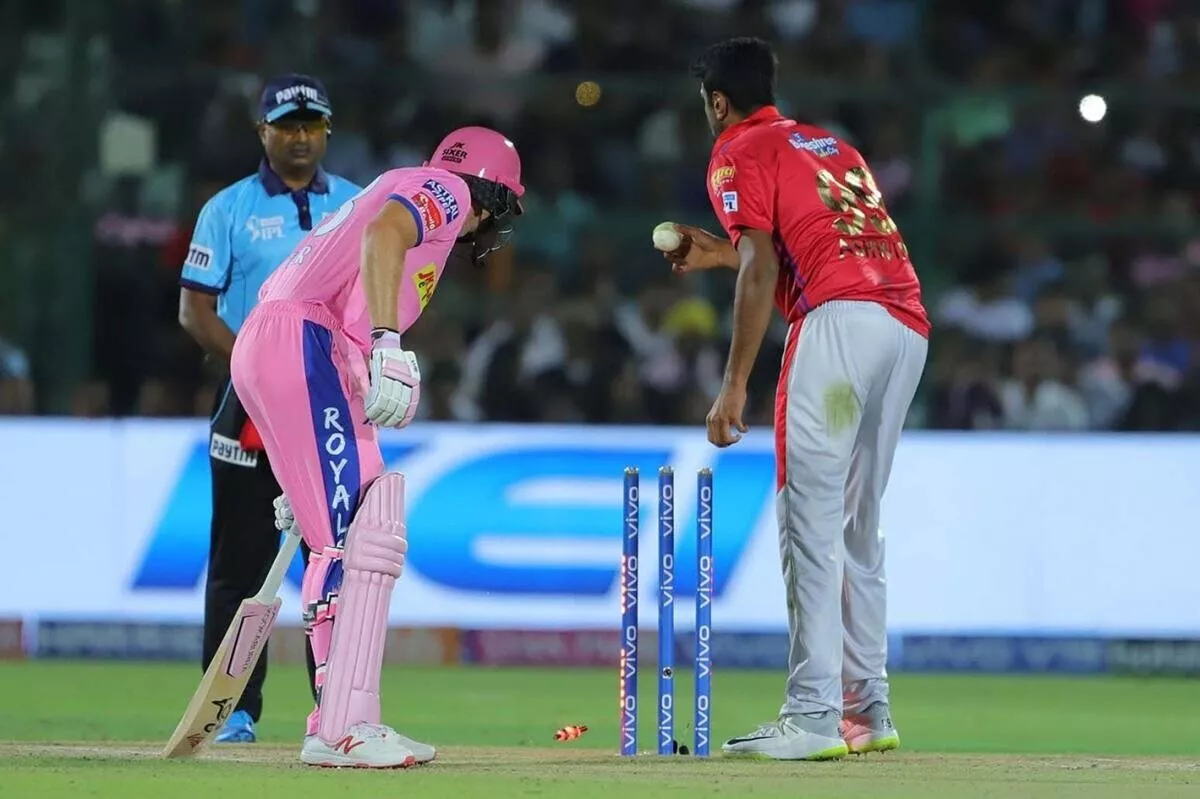4 most unusual modes of dismissals in cricket

There are nine types of dismissals in the game of cricket.
Cricket is one of the oldest sports in the world. It became official in 1877, and it has been more than 150 years of this sport. Now, cricket is being played in over 100 countries across the world. Over the course of time, this sport has seen a number of changes, and rules are also updated on a regular basis.
Apart from the basic modes of dismissal for a batsman, fans have also witnessed some strange ways of getting out. We will talk about four weird modes of dismissal in the game of cricket that will blow your mind. Notably, there are total nine modes to dismiss a batter.
Here are top 4 most unusual modes of dismissals in cricket
1. Obstructing the field :

Cricket Law 37 suggests that the batter can be given out if he is obstructing the field. This occurs when a batter tries to distract or obstruct the opposite side by his action or verbally. If the opposition side complains to the on-field umpire, then the batter can be given out. It is very rare, as only once has it happened in tests and T20Is, respectively, and six times in ODIs.
2. Handling the ball :

There is not much difference between "obstructing the field," and "handling the ball." Handling the ball was a mode of dismissal, but after the rules were updated in 2017, it was merged into the rule of "obstructing the field". As per Law 33, a batter can be given out if he tries to stop or touch the ball intentionally. Normally, it happens when the ball is on it's way to hit the stumps, and to stop the ball, batters stop it with their hands.
3. Timed Out :

The "Timed Out" dismissal is the rarest form of dismissal for a batter in this game. It happens when a batter doesn't come to the crease within the given time limit. Notably, once a batter gets out or retires out, the following batter gets 120 seconds or 2 minutes to be available on the crease. If he takes more time than this, then the opposition can appeal for "time out," and the batters will be dismissed. The first such instance happened in match no. 38 of the ICC Cricket World Cup 2023 between Bangladesh and Sri Lanka when Angelo Mathews was given "timed out."
4. Mankad :

Mankad has now become more normal. It happens when a bowler dislodges the bails at the non-strikers' end while the non-striker is out of the crease during the bowler's bowling stride. According to Law 38.3.1, before delivery of the ball, if the bowler has completed his action and the non-striker is far from the crease, then within the rule, the bowler can dismiss him by mankad run out.
Karan Rawat is a seasoned cricket writer with a deep passion for the game and over 5 years of experience covering everything that the game can offer. He loves to share the analysis, match reports, and player profiles and tries to bring stories to life with a unique blend of statistics and storytelling. Whether breaking down Test match tactics or capturing the drama of a T20 thriller, Karan's work connects fans with the soul of the sport.
- W, W, W! Mehedi Hasan Rana takes a hat-trick for Noakhali Express in BPL 2025-26
- Why is there curfew time for matches at Manuka Oval in Canberra?
- BCCI officially drops a statement on approaching VVS Laxman as Gautam Gambhir's replacement in Tests
- Unfixable blow for South Africa! Kagiso Rabada doubtful for T20 World Cup 2026 - Reports
- List of all India captains at the ICC U19 Cricket World Cup
- BCCI officially drops a statement on approaching VVS Laxman as Gautam Gambhir's replacement in Tests
- Unfixable blow for South Africa! Kagiso Rabada doubtful for T20 World Cup 2026 - Reports
- IND vs NZ: Rishabh Pant all set to be DROPPED for New Zealand ODIs, Ishan Kishan's good times to begin - Reports
- International cricketers who retired in 2025
- Shocking incident in BPL 2025-26; Dhaka Capitals' coach passes away tragically